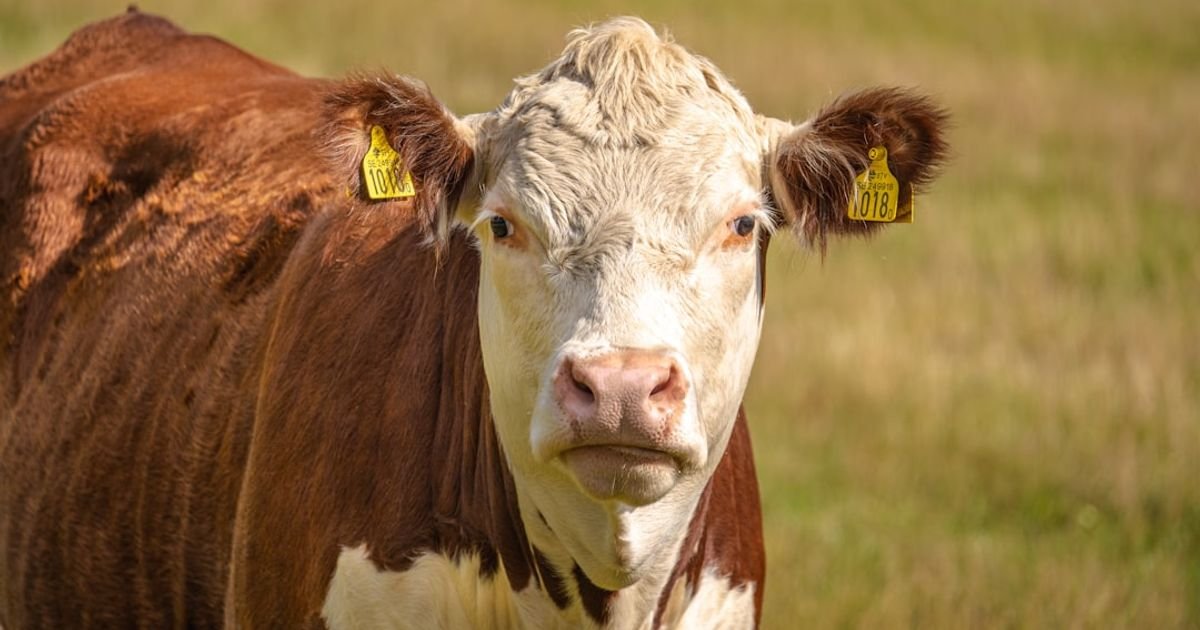About Prompt
- Prompt Type – Dynamic
- Prompt Platform – ChatGPT, Grok, Deepseek, Gemini, Copilot, Midjourney, Meta AI and more
- Niche – Animal Health Monitoring
- Language – English
- Category – Precision Agriculture
- Prompt Title – AI Prompt for Monitoring Livestock Health Using Image and Audio Data
Prompt Details
This prompt is designed to be dynamic and adaptable across various AI platforms for precision agriculture applications, specifically livestock health monitoring. It leverages both image and audio data to provide a comprehensive health assessment.
**Prompt Template:**
“`
Analyze the provided livestock data (image and audio) to assess the health status of [animal species] identified as [individual animal identifier – optional]. Consider the following factors and provide a detailed report:
**Image Data Analysis:**
* **Body Condition Score (BCS):** Evaluate the animal’s body condition based on visible cues such as [species-specific BCS indicators, e.g., for cattle: back, ribs, tailhead, pin bones, hooks, and thurls]. Provide a BCS score using the [specified BCS scale, e.g., 1-9 scale for cattle]. Justify your scoring with specific visual observations.
* **Posture and Gait:** Analyze the animal’s posture and gait for abnormalities. Look for signs of lameness, stiffness, weakness, or discomfort. Describe any observed abnormalities in detail, including the affected limbs or body parts.
* **Skin and Coat Condition:** Assess the condition of the animal’s skin and coat. Look for signs of parasites, lesions, hair loss, discoloration, or other abnormalities. Describe any observed abnormalities in detail, including their location, size, and appearance.
* **Facial Expressions and Eye Condition:** Analyze facial expressions and eye condition for signs of pain, distress, or illness. Look for drooping eyelids, excessive tearing, discharge, or changes in eye appearance. Describe any observed abnormalities in detail.
* **Other Visual Indicators (Species-Specific):** [Include species-specific visual indicators relevant to health monitoring. E.g., for pigs: tail carriage, breathing rate; for poultry: comb and wattle color, feather condition]. Describe any observed abnormalities.
**Audio Data Analysis:**
* **Respiratory Sounds:** Analyze the animal’s respiratory sounds for abnormalities. Listen for coughing, wheezing, labored breathing, or other unusual sounds. Describe the characteristics of any abnormal respiratory sounds detected.
* **Vocalizations:** Analyze the animal’s vocalizations for signs of distress or pain. Compare the vocalizations to normal vocalizations for the species and identify any deviations. Describe any unusual vocalizations, including their frequency, intensity, and duration.
* **Other Auditory Indicators (Species-Specific):** [Include species-specific auditory indicators relevant to health monitoring. E.g., for pigs: sneezing, grunting; for cattle: bellowing patterns]. Describe any unusual auditory observations.
**Data Integration and Reporting:**
* **Integrate findings:** Combine insights from image and audio analysis to provide a holistic assessment of the animal’s health status.
* **Health Status Assessment:** Based on the analyzed data, provide a concise summary of the animal’s overall health status. Classify the health status as healthy, potentially unhealthy, or unhealthy. Justify this classification based on the evidence gathered from both data sources.
* **Recommendations (Optional):** If any health issues are detected, provide recommendations for further investigation or action, such as veterinary examination, specific diagnostic tests, or management interventions.
* **Confidence Level:** Provide a confidence level (e.g., low, medium, or high) for your health assessment based on the quality and clarity of the provided data.
**Input Data Format:**
* **Image:** [Specify accepted image formats, e.g., JPG, PNG]
* **Audio:** [Specify accepted audio formats, e.g., WAV, MP3]
**Example Data Input:**
* Image: [URL or file path to the image]
* Audio: [URL or file path to the audio recording]
**Example Individual Animal Identifier:** Cow #123, Piglet A4
**Dynamic Prompt Adaptation Instructions:**
* **[Animal species]:** Replace with the specific species being analyzed (e.g., cow, pig, chicken).
* **[Individual animal identifier – optional]:** Replace with the unique identifier of the animal if available. If not available, omit this section.
* **[Species-specific BCS indicators]:** Include specific visual indicators used for BCS assessment for the given species.
* **[Specified BCS scale]:** Specify the BCS scale used for the particular species.
* **[Species-specific visual/auditory indicators]:** Include additional species-specific visual and auditory cues relevant to health monitoring.
This dynamic prompt structure allows for tailoring the analysis to different livestock species and specific health concerns. It encourages a comprehensive analysis, integrating information from multiple data sources, and promotes the generation of actionable insights for precision livestock management.
“`
This extended prompt structure provides more detailed instructions and guidance for the AI, leading to more accurate and relevant results. It encourages the AI to consider various factors and provides a framework for a structured and informative health assessment report. Remember to adapt the bracketed sections based on the specific application and data available.

